Marianne Pickles reacts to the IPCC’s ‘last chance’ report on global warming and makes the case for irrational hope.
⭐ If you enjoy this article, join the Picklesverse community for exclusive content, early access, and all the latest news from Marianne Pickles. ⭐
If you’re still reeling from the recent synthesis report released by the Intergovernmental Panel on Climate Change (IPCC), I feel your pain and I’d like to offer you a virtual hug. If this is the first you’re hearing about it, I’m sorry to be the bearer of bad news. Let me find a way to break it to you gently…
There’s an episode from season four of the 90s science fiction TV show Babylon 5 called Intersections in Real Time. I’m sure you’ll remember it. It’s the one with the interrogation. I won’t spoil it for you if you haven’t had a chance to watch it yet, but there’s a line from that episode which is relevant here:
“You understand that this is your last chance? Do you understand that this is your very last chance?”
Interrogator
I’ve often been known to say that the answers to all of life’s big questions can be found within Babylon 5. The quotation above is yet another piece of evidence to support that entirely reasonable theory as it provides an eloquent summary of the IPCC’s findings.
It’s our last chance. Our very last chance to prevent “irreversible” warming of the planet. And they don’t mean warming in the way that a nice cup of tea or a sunny afternoon might be warming. Think more along the lines of how falling into a cartoon villain’s vat of lava might be warming. Briefly.
The runaway greenhouse effect
The thing is, the more the global temperature goes up, the more we’re at risk from a chain reaction of feedback loops that will escalate the situation quickly. The warming could pick up pace, triggering more warming at an even faster pace, triggering more warming at an even faster pace, triggering more warming at… You get the picture. Scientists reckon this kind of “runaway greenhouse effect” has happened before. On Venus.

I’m not sure how familiar you are with the conditions on Venus, but it’s not on my list of top holiday destinations. To be fair, it does have a few things going for it. As the hottest planet in the solar system, you’re guaranteed not to catch a chill, and the sun rises in the west and sets in the east so that would be something delightfully weird to see (if the sun were visible through the planet’s thick cloud cover, which it isn’t).
However, if you’re a fan of ocean views, you’re out of luck: the searing heat boiled the oceans away. Hoping for some fresh air? I’m sad to report that the air pressure would crush you into a fine paste. What’s more, the atmosphere is mostly carbon dioxide, with clouds of sulphuric acid showering tourists in acid rain. All in all, it would get a one-star review from me, and that’s only because the rating system on Trip Advisor doesn’t let you give a zero.
Where there’s life, there’s hope
If I have any say in the matter (I’ll come back to whether individuals can have any impact a little later), my vote would be for taking action to avoid transforming the Earth into a life-obliterating hellscape like Venus. Whether or not we’re alone in the universe, protecting life on Earth seems like a good idea.
If life is unique to our planet, we’ll be safeguarding something immeasurably precious. And if it turns out there are other civilisations flying around the cosmos, we can avoid the potential embarrassment of becoming a cautionary tale for the children of the intergalactic community, or being posthumously nominated for their equivalent of a Darwin Award by killing ourselves in a spectacularly foolish way. To paraphrase Lady Bracknell: to lose one dominant species to an asteroid strike may be regarded as a misfortune; to lose all species to immoderate primates looks like carelessness.
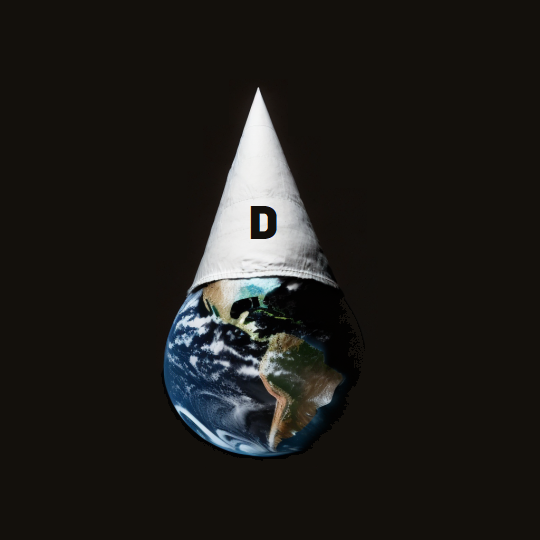
I know this all seems a bit doomy and a bit gloomy, but thanks to the IPCC report, and thanks to the thousands of scientists who’ve been explaining the dangers of greenhouse gases for years, at least we’ve been given fair warning. There’s still time to fix it (just about) if we act NOW… so come on! You, there! Yes, I mean YOU! Put down that cup of tea! Get your shoes on! Come on! Let’s get stuck in! All we have to do is… um… actually, did anyone catch that bit? All I’ve got written in my notes is: “something something recycling, something something carbon footprint”.
What exactly is it we’re supposed to be doing?
We’re ready and raring to go. Now we just need to know the detail of the actual plan. There is a plan… isn’t there?
Mercifully, there is! And it’s not just any old plan: it’s a comprehensive one. Back in 2017, a book was published called Drawdown: The Most Comprehensive Plan Ever Proposed to Reverse Global Warming. A non-profit called Project Drawdown looked at around 100 practical solutions, and provided a numerical estimate of the impact each would have on greenhouse gases in the atmosphere.
Until I read it, I had no idea how much we already knew in practical terms about how to avert a climate catastrophe caused by global warming. Being honest, there were several solutions described in the book that I’d never heard of before (‘biochar’ being one of them). Scientists from across a wide range of disciplines collaborated to pull together all this life-saving information. So what did they find?
The most impactful solution
Before I read the book, if you’d asked me to guess which intervention would have the biggest impact, I might have said transportation, agriculture, or renewable energy. But none of those were #1. In the top spot was… drumroll… refrigeration!
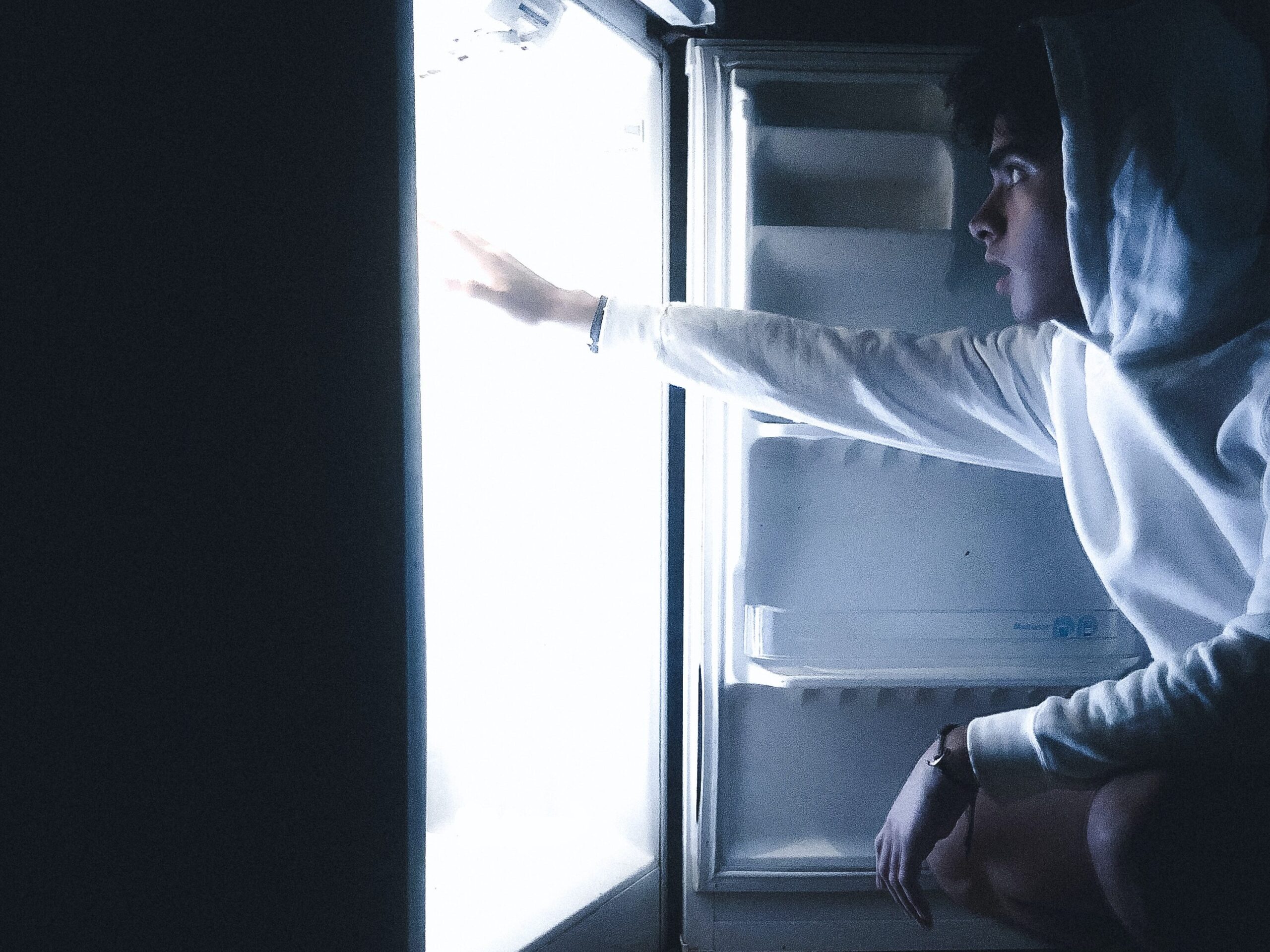
So how come refrigerants are so damaging? Well, in 1987 the world came together to outlaw the use of chlorofluorocarbons (CFCs) under the Montreal Protocol. This was necessary because CFCs were found to be poking holes in the ozone layer (which is bad because solar radiation).
In many cases, the replacement was hydrofluorocarbons (HFCs), which have no impact whatsoever on the ozone layer. Unfortunately, they happen to be a much more potent greenhouse gas than carbon dioxide and they’ve contributed significantly to global warming. The good news is, in 2016 the Kigali Amendment to the Montreal Protocol was agreed, which will see HFCs phased down globally by 2030 and replaced with more sustainable alternatives. So the world is already taking the necessary steps to mitigate this one. Cool!
The range of solutions
Refrigeration is just one example from among the 100, and happens to have the biggest impact. But without the other 99, it won’t even scratch the surface of what needs doing.
The 100 solutions detailed in the book are many and varied, but the authors helpfully organised them into themes. The table below shows the categories, along with the estimated reduction in greenhouse gases in gigatons.
| Category | Impact |
| 🥕 Food | 321.93 |
| 🌞 Energy | 247.19 |
| 🌳 Land use | 149.60 |
| 🚼 Women & girls | 121.26 |
| ♻ Materials | 111.78 |
| 🌆 Buildings & cities | 54.50 |
| 🚢 Transport | 45.78 |
But how many of the solutions from across these seven categories are actually feasible?
Actionable solutions
The good news is that every solution would be feasible with the right level of investment. However, as we’ve seen with refrigeration, some of them will require international co-operation to be successful. You might be a policy maker by trade, but I’m certainly not. I’m just a private citizen with a small sphere of influence going about my daily life. So what are my options when it comes to helping to address global warming?
Well, I have two different answers to that.
Answer one: the practical answer
Drawdown mentions several interventions which individuals can implement. Of course, whether or not you or I can personally take forward these changes will depend on our specific circumstances. Here are some examples:
Food
Reducing food waste was #3 overall. It’s a heart-breaking reality that many people around the world are currently struggling to access to the food they need. Planning our meals and not over-buying can help to reduce the pressure on our environment and ensure there’s enough to go around. Also in the food category, plant-based diets were #4. If you haven’t already done so, you could consider increasing the proportion of plant-based food you eat as well as reducing your consumption of foods which generate large quantities of greenhouse gases and require a lot of land and water to produce.
Buildings & cities
In the buildings & cities category, insulation was #31. Insulation saves on the energy and costs associated with heating and cooling buildings so it’s worth checking whether the place you live has it. Some governments run schemes that help people to insulate their homes for free, or at reduced cost. And household LED lighting was #33. If you’re in a position to buy LED light bulbs, consider replacing any heat-producing incandescent bulbs that remain in your home. The LED ones can be a little more expensive initially, but they can last between five and 20 years and you’ll save a lot on your energy bill.
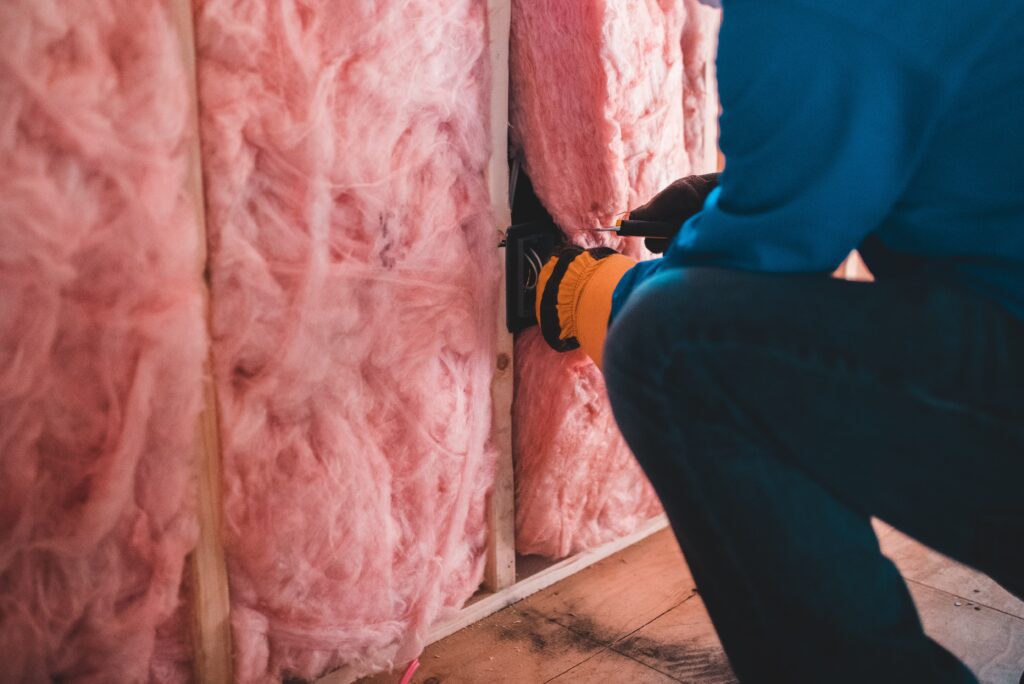
Transport
When it comes to transport, ridesharing came in at #75 and could be something to consider. I know the pandemic has transformed many of us into antisocial hermit creatures (I speak for myself here), but sharing a ride is good for the environment and the bank balance, so it could be worth thinking about if it’s an option for you.
Materials
Under materials, household recycling is ranked at #55. If you’re not able to go to the municipal tip to dispose of certain items, there may be other alternatives. For example, large supermarkets often provide a battery recycling point, and charity shops will sometimes collect donations from your home.
Answer two: the existential answer
The problem with this practical answer is that, considering the size and speed of change needed, it feels totally inadequate. I’m just one person and you’re just one person. If our species needs to implement 100 or more far-reaching solutions as soon as possible to make a dent on global warming, then even if you and I both swap out all our old light bulbs for LEDs and swear off beef burgers, it doesn’t feel like nearly enough.
I’m not a policy maker, or an engineer, or a scientist. I can’t protect our forests or implement grid flexibility or improve rice cultivation. In the face of the scale of change required, it’s easy to feel powerless and intimidated. It’s easy to feel that our individual contributions don’t matter. It’s easy to lose hope.
I’ve thought about this a lot and I’m here to tell you, those small contributions do matter. Not only that: they’re absolutely vital. If you don’t believe me, I’ve found supporting evidence from an unlikely duo. Let’s start with Mother Teresa and then move on to ChatGPT.
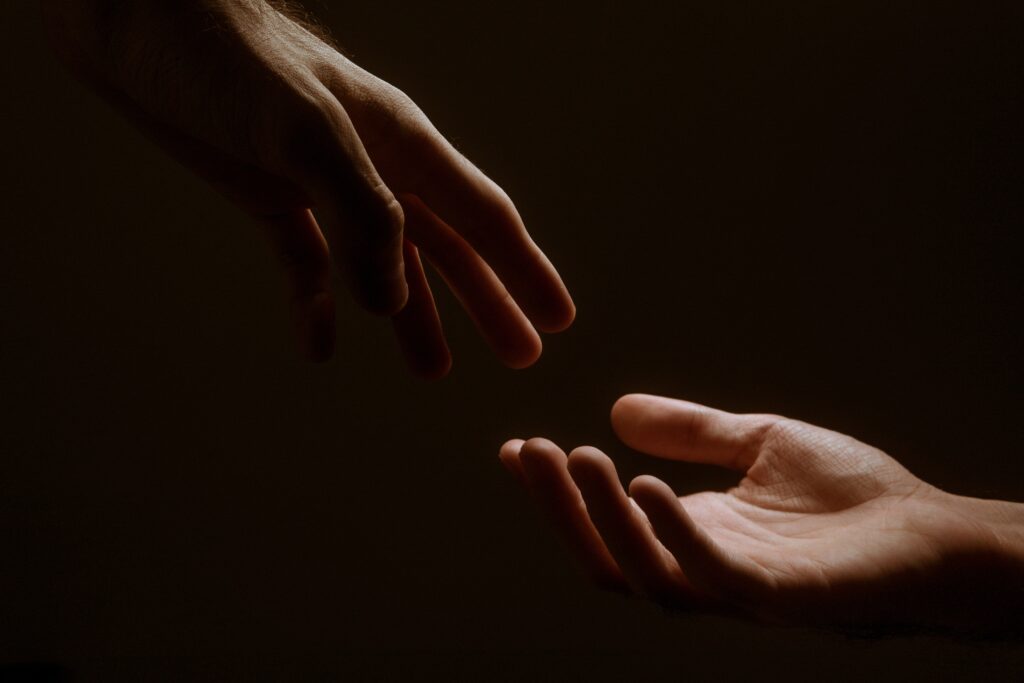
“Not all of us can do great things. But we can do small things with great love.”
Mother Teresa
In the context of global warming, this quotation feels like a guiding light. We’re all in this together, but we all have different circumstances. We all have different gifts and skills and abilities. Many of our contributions may be comparatively small, but they will add up.
Asking the oracle
In my last article, I wrote about the benefits and pitfalls of using Artificial Intelligence as a research tool. This time, just for fun, I’ve asked ChatGPT’s opinion about our chances against global warming. I think its answer was pretty good, if a little dry. It was also very long, so I’m just sharing the last paragraph:
ChatGPT: “Whether or not humanity will be able to overcome global warming remains to be seen, as it will require concerted efforts from individuals, businesses, and governments worldwide. However, there are many promising initiatives underway, and continued progress in research, technology, and policy could help to mitigate the impacts of climate change and pave the way for a more sustainable future. It’s up to all of us to work together and take responsibility for our actions to ensure a sustainable future for generations to come.”
ChatGPT notes the importance of individual contributions, collaboration, and taking responsibility, while Mother Teresa reminds us that the ability to make a difference isn’t reserved for the wealthy and the powerful alone. Taken together, these perspectives spell out a powerful message…
In short: do what you can.
Do small things with great love
Do your best. If we all do our best, whatever that may be, we have every reason to feel hopeful about the future.
Maybe you can’t afford an electric car, but you can write to your government representative in support of green infrastructure in your area. Or maybe you can’t cycle to work, but you can ask your landlord to insulate your walls. Maybe you can’t switch to a plant-based diet, but you can spread the word about global warming and help your friends and family to understand sustainability better. I don’t know your personal circumstances, but you do. Whatever your best happens to be… do that.
Irrational hope
Talking about hope for the future may seem irrational considering the size of the problem and the lack of urgency with which many governments are implementing solutions like those outlined by Project Drawdown. What’s more, humanity doesn’t have the greatest track record when it comes to acting in a sensible way. For example, lead has been known to be poisonous for at least 4000 years, but that didn’t stop us installing lead water pipes in UK homes until 1970, or adding lead to petrol until 1999.
If that’s the quality of decision-making we can look forward to, you’ll find me hunkered down at the Outside of the Asylum comparing notes on toothpick instructions with Wonko the Sane. But in spite of past performance, I think we have no choice but to go ahead and be hopeful anyway.
As ChatGPT said, whether we’re successful remains to be seen. There are no guarantees here. We can’t take it for granted that everything will be ok. Maybe it won’t. And that fact sits somewhere on a spectrum of scary to terrifying depending on how hard I think about it. Hope doesn’t take that fear away. And it doesn’t reduce the amount of work to be done either.
What hope gives us is a fighting chance. Yes, it may be our last chance. Even our very last chance. But without believing we can do it, we’re sure to fail.
“Optimism is the faith that leads to achievement. Nothing can be done without hope and confidence.”
Helen Keller
Or as Ambassador Delenn of the Minbari might say: “faith manages.”
Conclusions
The novel I’m writing is set in the year 2101 after humanity has dealt with global warming once and for all. In this future, we establish sustainable ways of living. But it comes at great cost. Instead of getting stuck into the hard work straight away, humanity tries to find an easy way out. A geo-engineering project gone wrong causes the ice caps to melt in the 2050s. Sea levels rise over 60 metres and coastal settlements are lost to the flooding, causing widespread relocations and loss of life. It takes that level of catastrophic loss to get the message across and trigger the necessary action.
I have hope that in reality we’ll band together as a species and commit to beating this threat. We know what needs to be done. We can do it if we do our best.
And if it turns out we can’t make the effort, we’ll truly have earned that intergalactic Darwin Award.
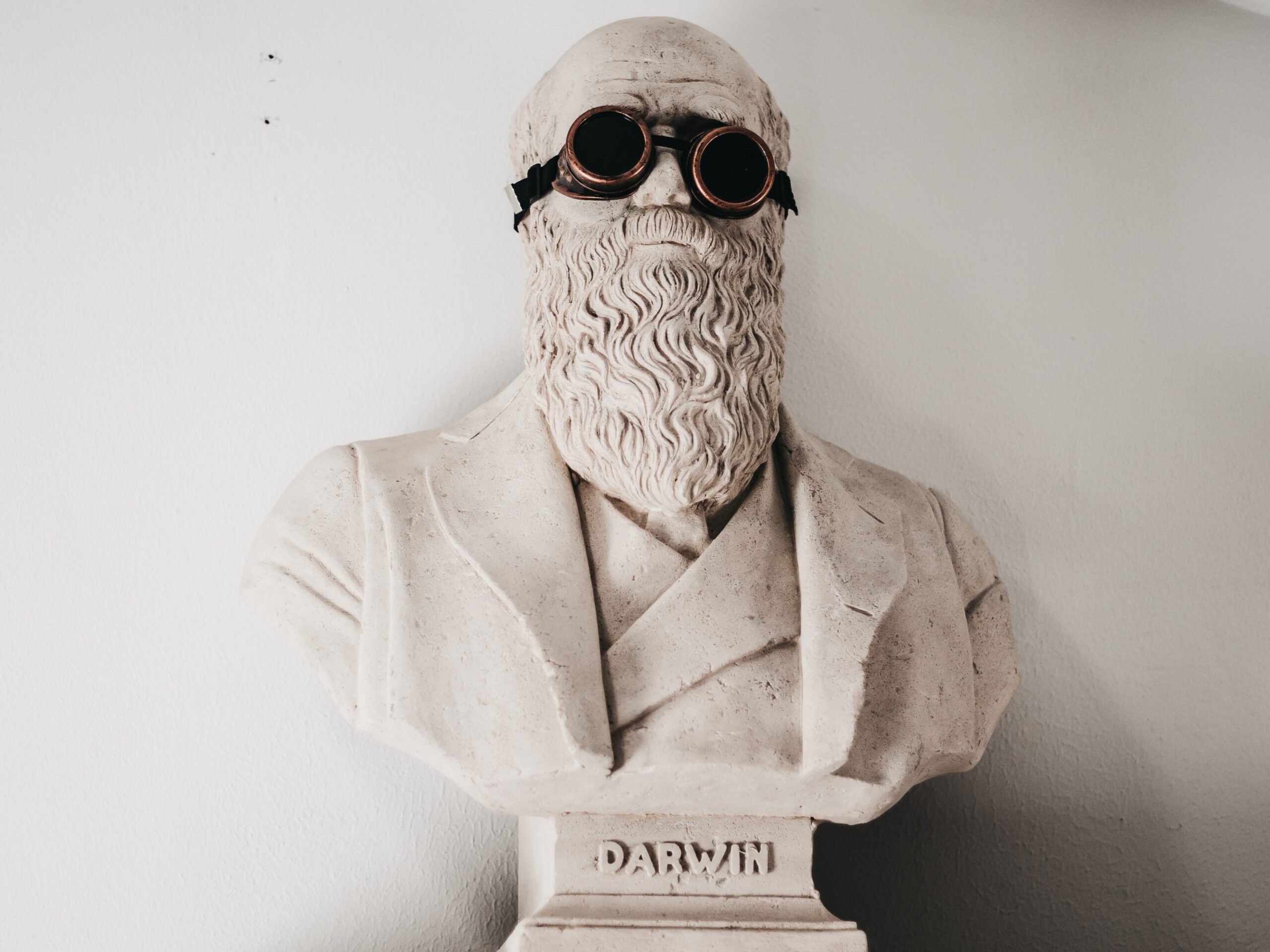
Resources
Here are some links to additional resources for anyone who’d like to learn more about global warming and other topics discussed in this article.
IPCC report
For an accessible introduction to the IPCC’s recent report, check out the summary slides. Their main website includes links to the full reports released so far.
Project Drawdown
There’s an interesting TED Talk about Project Drawdown, which gives an overview of their findings. Their main website features more videos and other resources about fighting global warming.
Venus
For an astrophysicist’s take on whether Earth could become like Venus, take a look at this 2019 article by Paul Sutter. To learn more about the conditions on Venus, visit the Nasa website or contact the Venusian Tourist Board.
Food
The BBC published a good article on how individuals can reduce food waste. Additionally, The World Wide Fund for Nature provides this guidance on eating more sustainably.
Image credits
Cover photo by v2osk on Unsplash
Venus image by SIMON LEE on Unsplash
Dunce Life created by Marianne Pickles using Midjourney
Refrigerator image by Jorge Torres on Unsplash
Insulation image by Erik Mclean on Unsplash
Hands image by Jackson David on Unsplash
Darwin image by Misael Moreno on Unsplash